WELLFLEET — When those perfectly shucked oysters show up at your table, and you lift the shell, tilt your head back, and let that sweet, briny bivalve slide between your lips, chances are you’re not thinking about the mixing of cement. Or the hacksawing of PVC pipe. Or the banging of that pipe through stacks of conical disks into the sand at Chipman’s Cove.
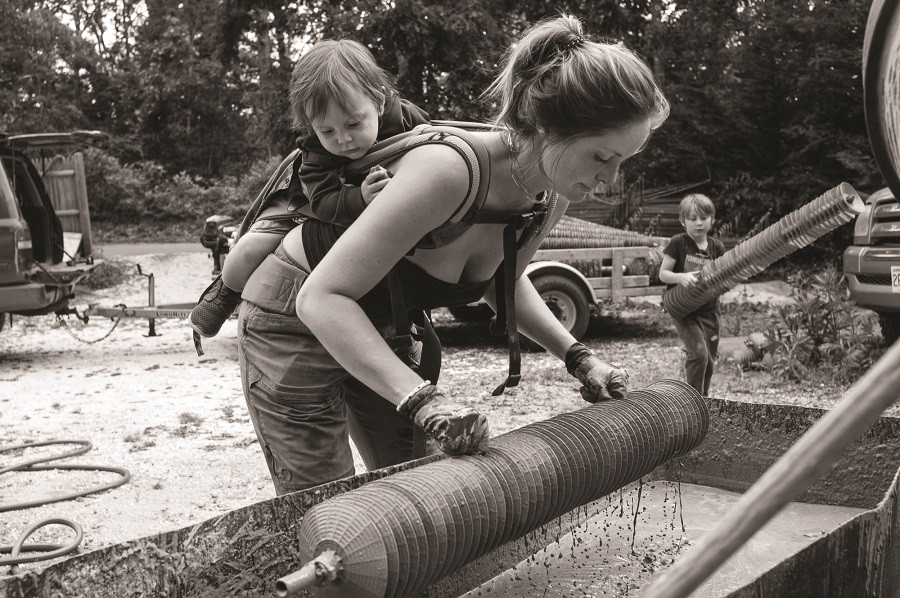
But in late June and early July, that’s what oyster growers are thinking about as they set hats (the old-school term was “Chinese hats,” after their shape) to catch spawning oysters’ larvae. The cement adds weight to the stacked hats and provides a rough surface for the floating larvae to latch onto. The hats are then staked vertically or laid horizontally across rebar racks.
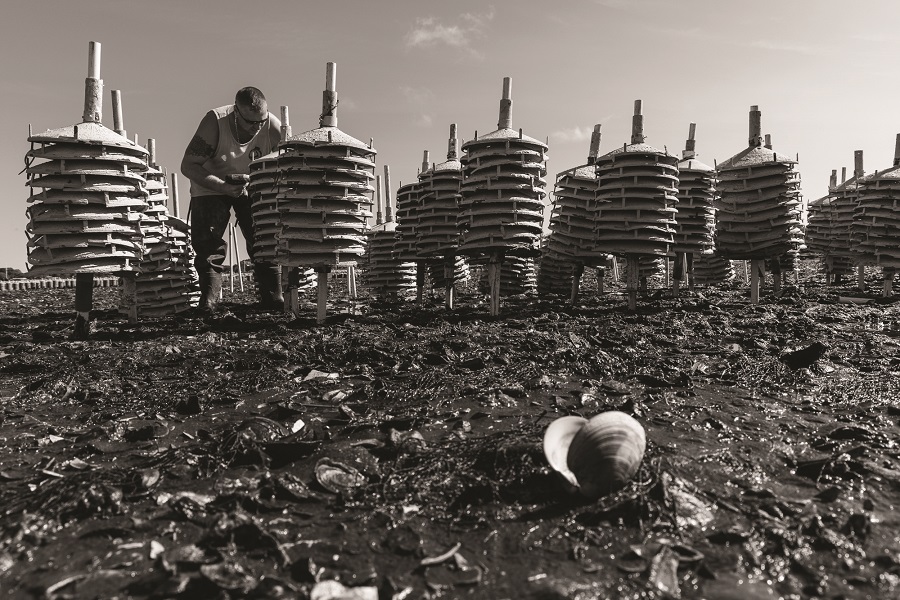
After landing on a cement-coated hat, those larvae will become spat, beginning the two-year process that eventually yields the deep-cupped oysters Wellfleet is famous for.
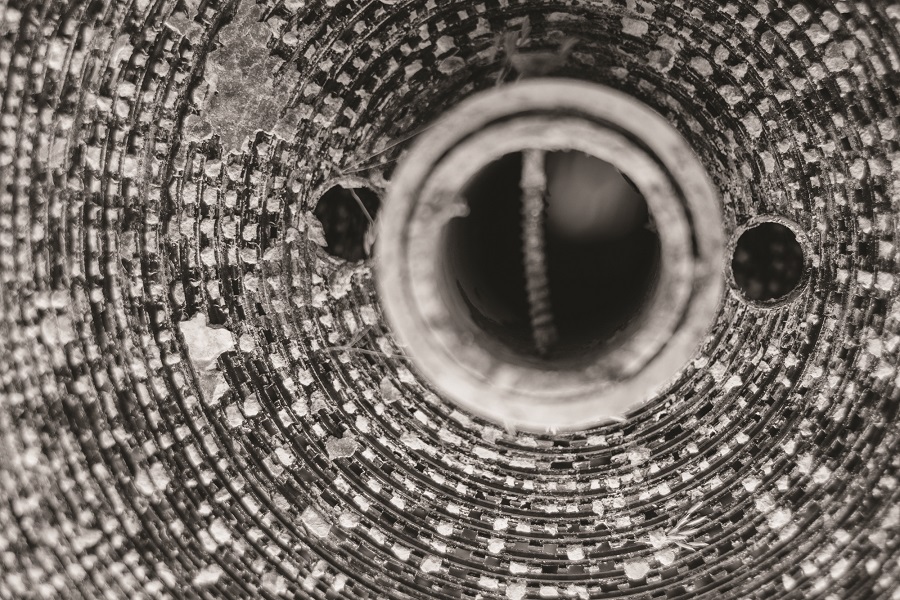
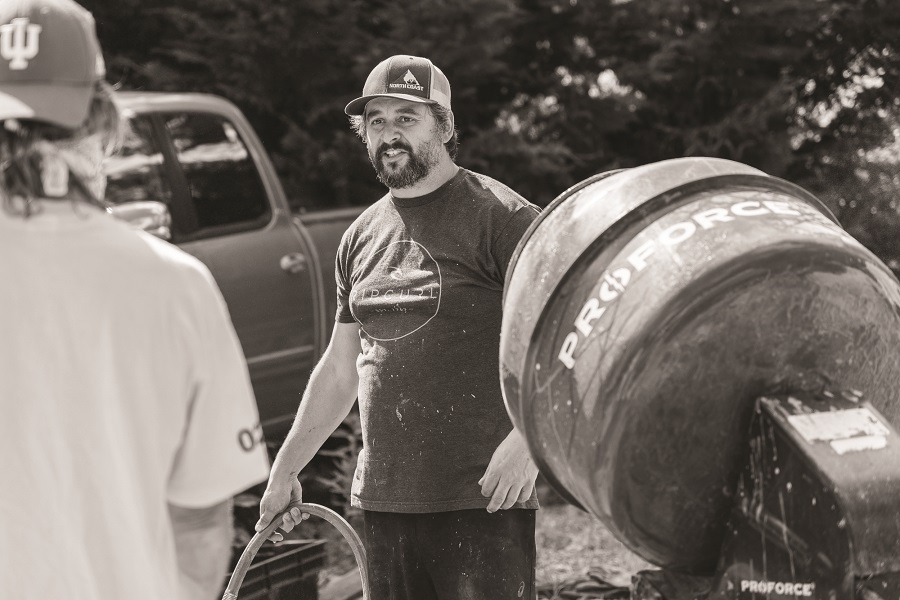
By September, when the spat has developed a shell, growers flex the disks to remove the baby oysters from the hats. They’re then secured in grow bags or just left to rest on the flats below the water with another year or two still to go before they make it to your favorite raw bar.
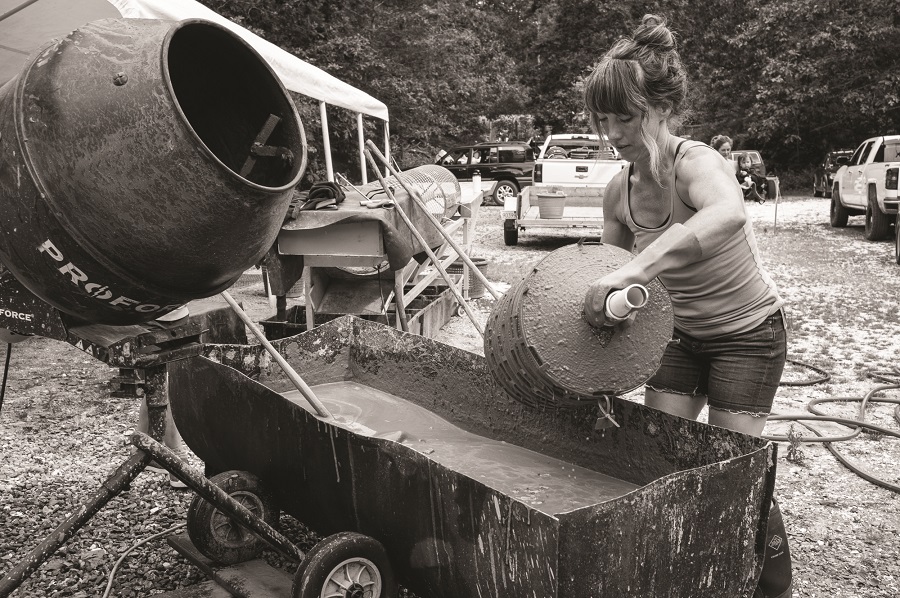
While many growers buy all or some of their seed oysters from a hatchery to satisfy restaurants that want only uniformly shaped oysters, in Wellfleet most also catch spat. The protected harbor here, with its coves that prevent larvae from floating out to sea, is one of the few places in the world where oysters are grown this way.
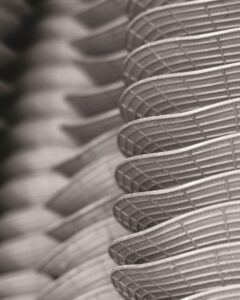
Edward Boches is a Boston- and Cape Cod-based photographer. He has been photographing oyster growers in Wellfleet for four years as part of a long-term documentary project.



